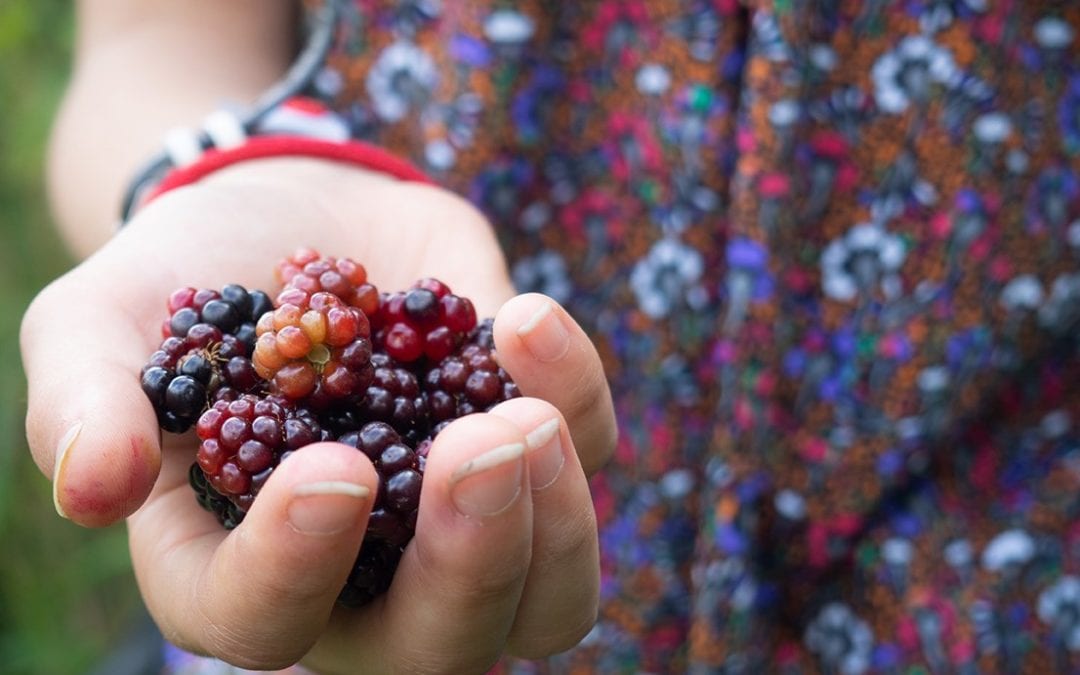It’s time to hit the hedgerows and roadsides for nature’s free feast. We are heading into the season of mellow fruitfulness. It may not seem it in this crazy year, but in what seems like a bat of an eye, we are already into September, a month where we traditionally hang on to summer but mentally start to prepare ourselves for autumn.
And that means bringing in the harvest – and not just those fruits we slavishly grow in our gardens. It’s time to step beyond the larch-lap fence panels and hit the hedgerows.
Foraging has been around for thousands of years – indeed, the ability to find wild foods was the key to survival long before formal agriculture and animal husbandry – but has enjoyed something of a revival as we turn our back on the processed for more organic produce.
Plus it’s free and fun . . . as long as you are prepared for the scratches and stinging nettles.
So, what are we looking for? Well, blackberries, the fruit of the prickly brambles that are prevalent along country lanes and heathland, are the obvious favourite. Those beautiful deep purple-black berries have been ripening slowly in the summer sun with gentle rains helping them to swell and ready to pick in late July and August.
Bursting with vitamin C, they can be eaten raw or cooked in pies, crumbles, jams and jellies with micro varieties creating subtly different flavours.
However, it may seem obvious, but they need to be washed thoroughly before eating, particularly if picked from a busy roadside. Although lead is absent from car fuels, the exhaust fumes can still lay on thin-skinned fruit, even if health risks are considered low.
The same warning applies to another foraging favourite, elderberries. Easy to recognise as the small dark reddish black berries hanging from trees in neat clusters in August and September, this fruit is also packed with vitamins and is loved by cordial and winemakers. It also makes a nice hedgerow jam.
Crab apples are another staple for the roadside hunter-gatherer between August and October. But, although it may be the ancestor of the cultivated apple, it should carry a health warning: Do not eat raw unless you wish to enter the British Gurning Championship – they can be extremely sour.
Once cooked, though, they make an incredible sunset-coloured jelly which is gorgeous on bread and as an accompaniment to many meats.
Hazelnut trees are also common in woods and hedgerows, and if picked early in the season when green they are good to nibble on and are lovely roasted. Any later and you’ll have to beat off the squirrels …
But don’t limit your foraging to fruit. Try weeds, such as the Greater Plantain, the rosette-shaped plant found in lawns, roadsides and waste ground. The young leaves are best for salads, and although older growth is tough, blanched and sautéed with butter they are quite tasty.
